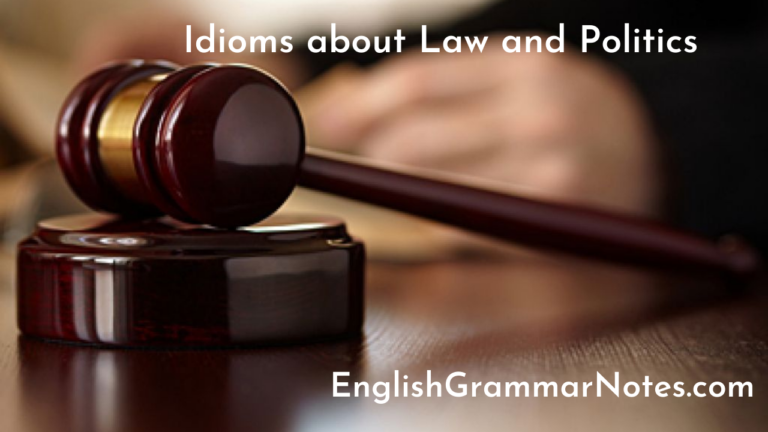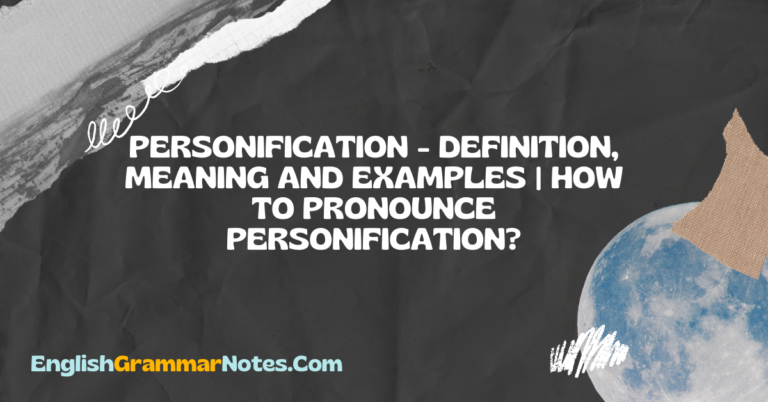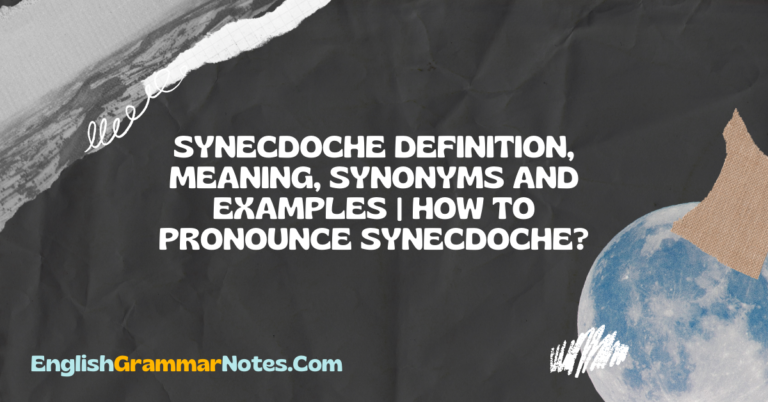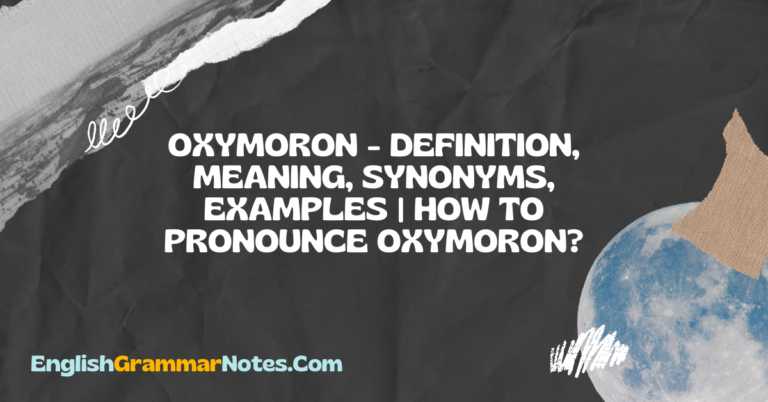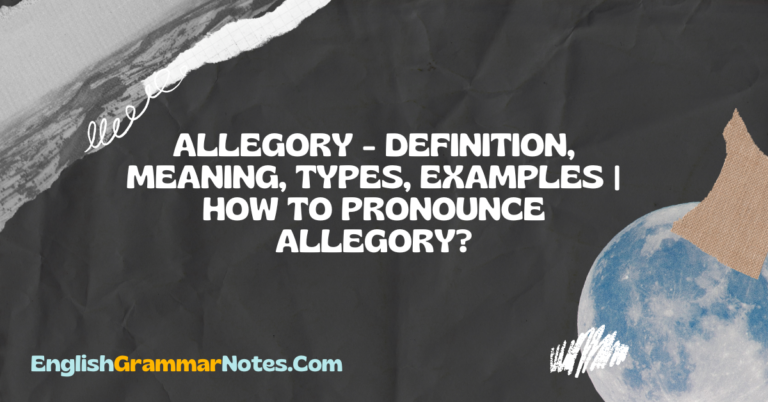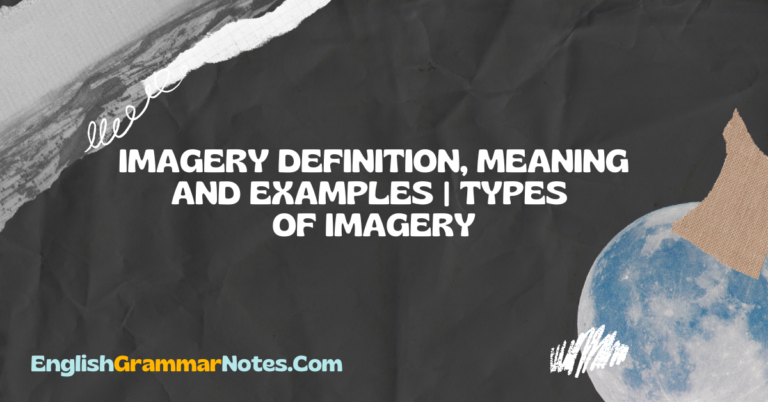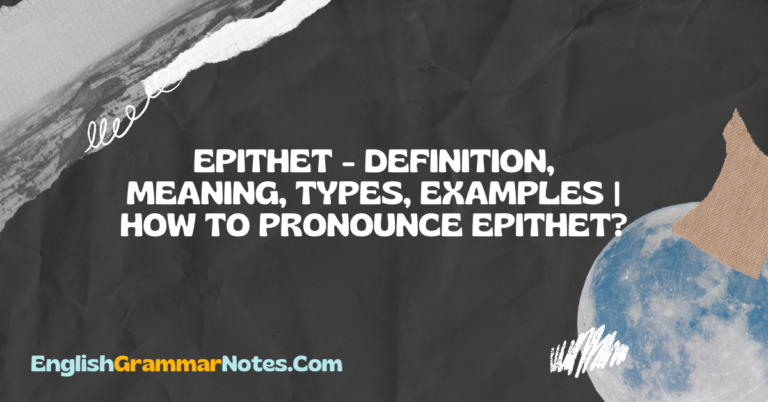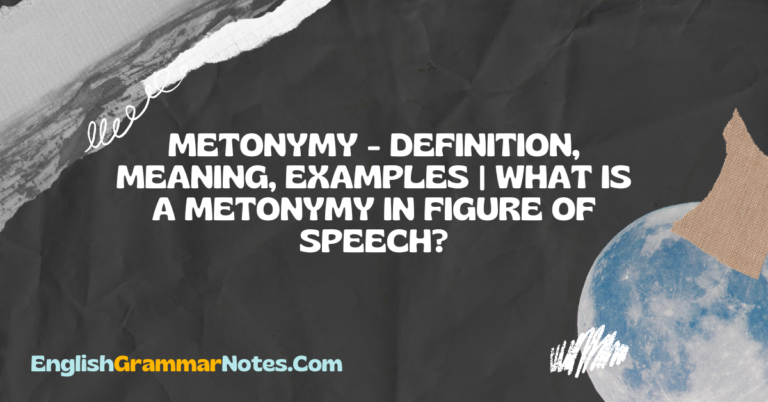Idioms about Law and Politics | List of Idioms about Law and Politics With Meaning and Examples
Idioms about Law and Politics: The separate meanings of the words that make them up to don’t always add up to generate their unique, complete, and true meanings. It’s nearly absurd to question their definitions in many situations. All students have to do now is check up their definitions in a dictionary. To make matters even more complex, there are idioms related to government or the law, or idioms related to social issues, which are already densely packed with jargon that even native English speakers struggle to comprehend. However, legal or law idioms are widely employed in the English language because English speakers, like many other groups of people from across the world, regularly discuss peace and order, justice, redress, crimes, and offences. Below are some of the most frequent English Political idioms regarding the law or legal problems and idioms about socialising, along with a brief explanation, to aid English as a Second Language learner. Enrich your Vocabulary by practicing the English Idioms that are commonly used in everyday conversations and understand their actual meaning. Names of Idioms about Law and Politics Meaning and Examples of Some Commonly Used Idioms About Law And Politics List of Idioms about Law …
